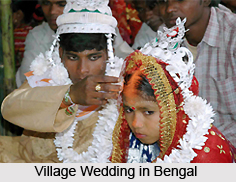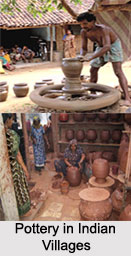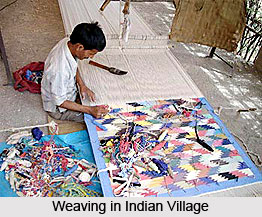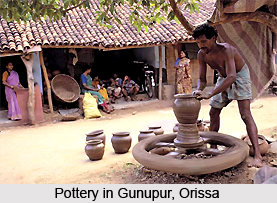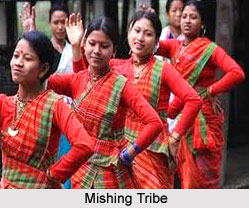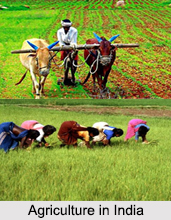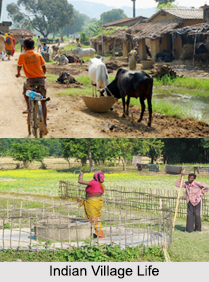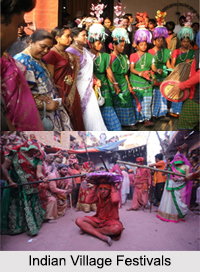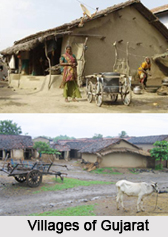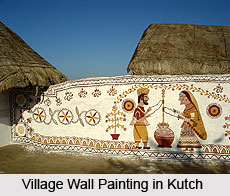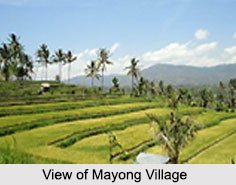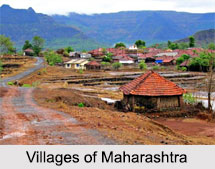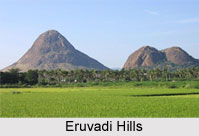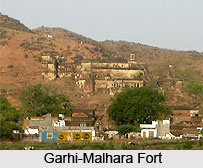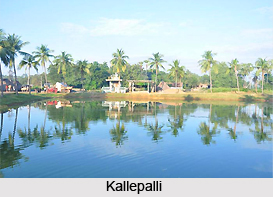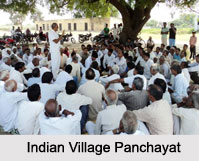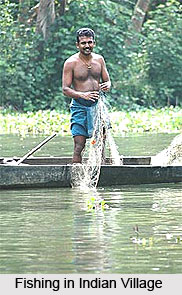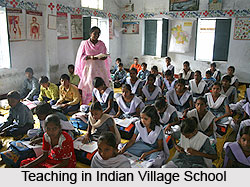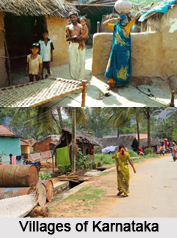 Villages of Karnataka are quite rich in various fields like education, agriculture, industry, tourism, etc. and they exhibit the real cultural identity of the state. Majority of the state"s population live in the villages of Karnataka. The pictorial villages of Karnataka with mud houses, age old temples, etc. attract many tourists from all over the country, every year.
Villages of Karnataka are quite rich in various fields like education, agriculture, industry, tourism, etc. and they exhibit the real cultural identity of the state. Majority of the state"s population live in the villages of Karnataka. The pictorial villages of Karnataka with mud houses, age old temples, etc. attract many tourists from all over the country, every year.
The residents in the villages of Karnataka like to live together in peace and tranquillity. The major tribes residing in the villages of Karnataka include Bedar, Hakkipikki, Jenu Kuruba, Kadu Kuruba, Kattunaikkan, Konda Kapus, Sholaga Tribe, Toda, etc. All the tribal communities have their own culture and tradition and they follow their traditional customs. Kannada is the most widely spoken language in the villages of Karnataka.
Education in Villages of Karnataka
The educational status of the villages of Karnataka is quite remarkable. The state has one of the highest literacy rates among all the states of India and the female literacy rate in the villages is also quite high. The rural people are provided primary education through the government primary schools established in many villages of Karnataka. After completing the primary education, the students can opt for higher education in the colleges and universities mostly located in the urban areas. Though the literacy rate among the rural population is quite good, the governmental authorities of Karnataka have taken many steps to spread the light of education in all the villages of Karnataka.
Occupation in Villages of Karnataka
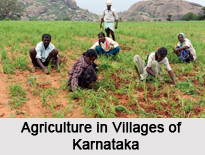 The main occupation of people in the villages of Karnataka is agriculture. Many villagers in Karnataka cultivate the crops like coffee, raw silk, sandalwood, etc. and the high quality of these crops has made the state famous all over India. A major portion of the total coffee production in India come from the villages of Karnataka and the villages also contribute a major portion of India"s total ragi production. The other major crops cultivated in the villages of Karnataka include rice, jowar, maize, pulses, cashew, coconut, areca nut (betel nut), cardamom, chillies, cotton, sugarcane, tobacco, etc. Many villagers in Karnataka are also involved in horticulture, cottage industry and mineral based industries. The villages are quite famous for their aesthetic craftsmanship in sandalwood and rosewood.
The main occupation of people in the villages of Karnataka is agriculture. Many villagers in Karnataka cultivate the crops like coffee, raw silk, sandalwood, etc. and the high quality of these crops has made the state famous all over India. A major portion of the total coffee production in India come from the villages of Karnataka and the villages also contribute a major portion of India"s total ragi production. The other major crops cultivated in the villages of Karnataka include rice, jowar, maize, pulses, cashew, coconut, areca nut (betel nut), cardamom, chillies, cotton, sugarcane, tobacco, etc. Many villagers in Karnataka are also involved in horticulture, cottage industry and mineral based industries. The villages are quite famous for their aesthetic craftsmanship in sandalwood and rosewood.
Festivals in Villages of Karnataka
Villages of Karnataka nicely preserve the past glory and cultural heritage of the state. The fairs and festivals have always been an integral part of village life in Karnataka and they act as popular occasions for social interaction and enjoyment. The major religious fairs and festivals celebrated in the villages of Karnataka include Dussehra, Makar Sankranti, Ganesh Chaturthi, Yugadi, Karaga, Hampi Festival, Hoysala Mahotsava, Vairamudi festival, Tula Sankramana, Diwali, Eid-ul-Fitr, Eid-ul-Azha, Milad-un-Nabi, Muharrum, Rajyotsava Day, Banashankari Temple Fair, Sri Vithappa fair, Godachi fair, Shri Yellamma Devi fair, etc. Apart from these, the people also celebrate different traditional and social festivals like Buffalo race.
Villages of Karnataka present the real identity of the state, with the great diversity in their culture and a rich heritage and tradition.
